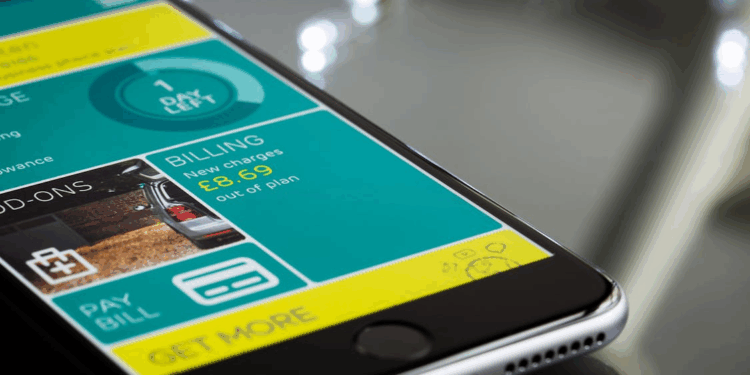Financial literacy, such as knowing how to budget, save, invest, and manage debts, is abysmal in many parts of the world. This is mainly because traditional education doesn’t often reach vulnerable populations, sustaining poverty and exclusion.
Mobile banking is becoming a great equalizer, as smartphones become individualized financial learning environments and resources. Integrating education into everyday life closes the knowledge divide where traditional systems fail. Here are three impactful methods by which mobile banking enhances financial literacy.
1. Democratizing Access to Financial Tools and Real-Time Education
Mobile banking provides crucial financial services to underserved communities. This encompasses rural communities, low-income families, and young people without access to physical banks or financial advisors. Apps offer easy-to-use interfaces that guide individuals through complicated processes.
This is ground-breaking in areas where bank branches are limited or too costly to access. Establishing a savings account, seeking microloans, or purchasing insurance transforms into a five-minute activity rather than a bureaucratic obstacle.
These platforms integrate learning into the user experience. The app could explain transfer charges and quicker options when a person sends funds. It may also deliver a notification clarifying “needs versus wants” and tailored advice if the user exceeds their budget. These micro-lessons convert theoretical financial ideas into practical everyday applications.
A farmer getting paid for their harvest observes immediate currency conversion and can quickly direct money to savings targets marked “seeds” or “school fees.” This on-demand learning transforms theoretical ideas into practical insights, enhancing confidence with each engagement.
2. Gamified Learning and Behavioral Nudges That Build Smart Habits
Mobile banking applies behavioral psychology to make money habits engaging and habitual. Features like savings challenges, debt repayment progress bars, and virtual “achievement badges” for reaching goals make discipline a rewarding game.

This approach leverages universal motivators like competition and achievement, making progress visible and celebratory. Users can be rewarded with interest bonuses for continuous saving or awarded short financial literacy videos after completing five transactions.
Simultaneously, subtle nudges reinforce good decisions. Alerts warn of insufficient balances before the user overdrafts. Meanwhile, spending trackers break down cash expenses into snapshots (“45% dining out”) to encourage reflection.
By framing financial health as a series of manageable, small choices, apps reduce paralysis that often derails money management. For business owners, cash-flow forecasters consider how taking a loan impacts future revenue. These resources bring financial planning into the real world, making users understand concepts such as compound interest or opportunity cost through lived experience, not textbooks.
3. Creating Communities and Personalized Support Networks
Financial literacy relies on shared experience and trust. Mobile banking systems have social features that link users to peers and mentors. Community forums enable novice investors to pose questions anonymously. This peer-to-peer exchange of knowledge breaks down finance more quickly than traditional top-down education ever could. Live chatbots unpack tax returns or credit scores in simple language. In regions with low literacy, voice-based tutorials explain loan terms.
Sophisticated apps even offer “financial health scores” and customized learning paths. A gig worker with irregular income may receive modules in emergency savings and insurance. A parent could access scholarships and education-savings calculators. Hyper-personalization ensures guidance is adjusted for users’ changing lives and goals.
Most importantly, it scales personalized guidance that human advisors can’t provide cost-effectively. As users mature, they graduate from being passive recipients to being mentors, sharing knowledge within their networks, translating individual empowerment into group progress.
Endnote
Mobile banking does more than teaching; it brings financial agency to the mainstream. By merging daily banking with bite-sized learning, it meets users in their financial realities and demystifies wealth-building for those disconnected from traditional systems. The impact goes beyond budgets; families invest in education, entrepreneurs build businesses, and communities escape debt. Digital gaps remain, but the direction is clear: when financial tools fit in our pockets, literacy shifts from privilege to possibility.









